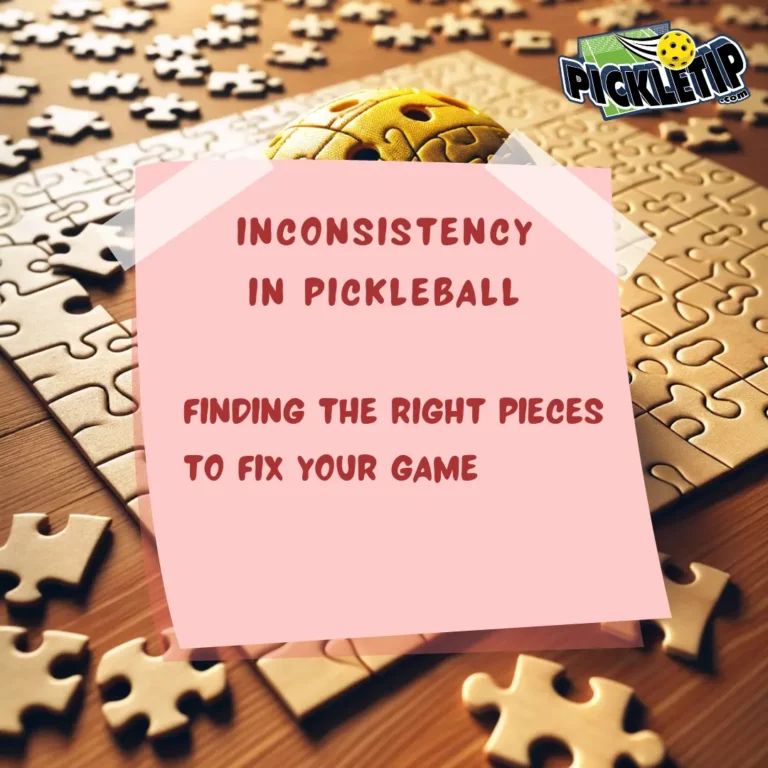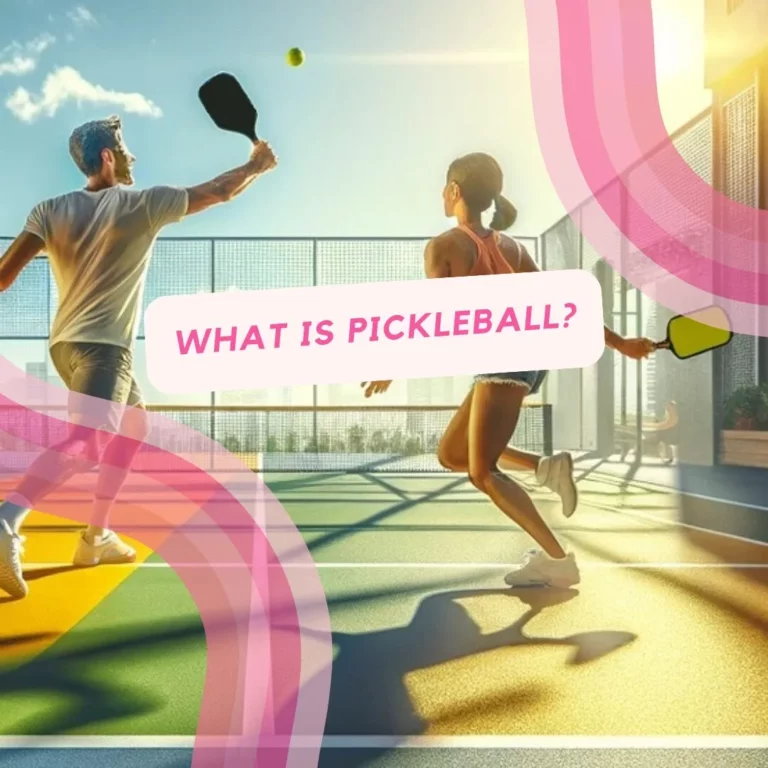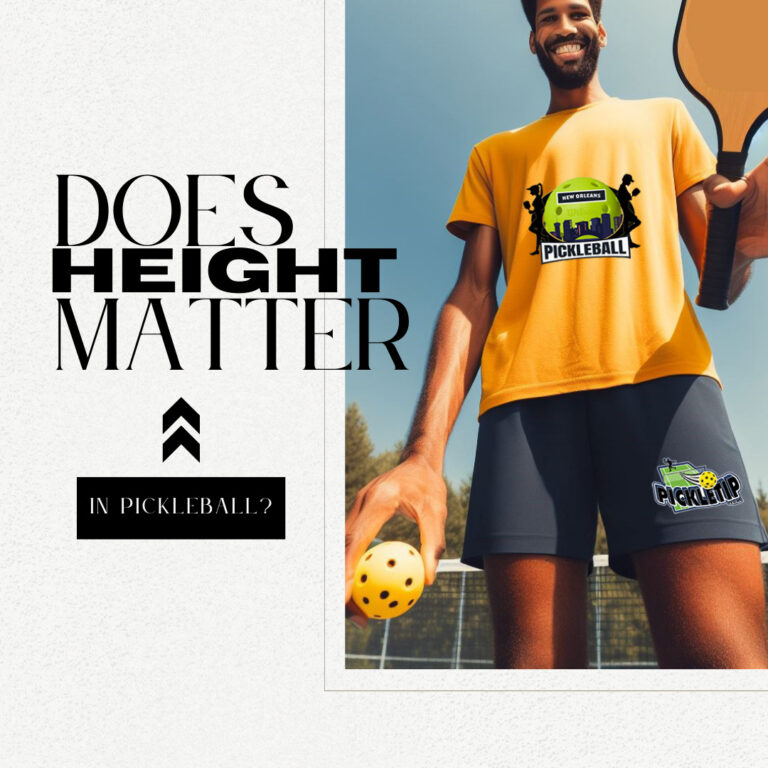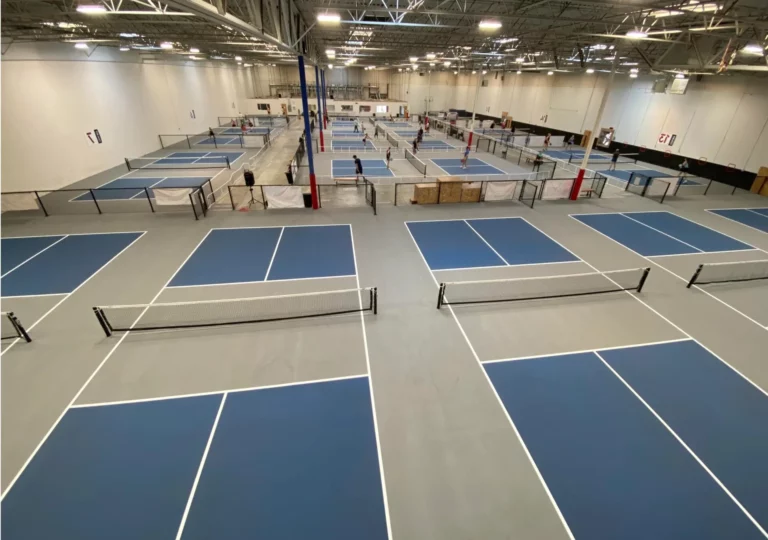Pickleball Recovery Strategies
Pickleball Recovery Strategies: Enhancing Performance and Reducing Soreness
Engaging in pickleball recovery is crucial for players looking to enhance their performance and reduce soreness after intense matches. This comprehensive guide offers insights into effective recovery techniques, ensuring you’re ready for your next game with renewed energy and less discomfort.
Understanding the Muscles Used in Pickleball
Pickleball provides a rigorous full-body workout, primarily engaging muscles like the quadriceps, hamstrings, calves, and the core. These muscles are crucial for swift movements, balance, and power during the game. Recognizing the importance of caring for these muscle groups post-game is fundamental for effective recovery. Regular stretching helps in maintaining flexibility and reducing muscle tightness. Hydration is another key aspect, as it aids in muscle recovery and prevents cramps. Additionally, a balanced diet rich in proteins, healthy fats, and carbohydrates supports muscle repair and energy replenishment.

When playing pickleball, several specific muscle groups are engaged extensively, contributing to the sport’s effectiveness as a full-body workout. The most used muscles include:
Quadriceps:
These are the front thigh muscles. They are heavily used during pickleball for movements like squatting to hit a low ball, lunging, and moving quickly in various directions.
- Lunging for Low Balls: When you lunge to reach a low ball, your quadriceps are heavily engaged.
- Quick Direction Changes: Any sudden change in direction, like moving forward to the net or back to the baseline, primarily uses the quadriceps.
Hamstrings:
Located at the back of the thigh, hamstrings work in conjunction with the quadriceps to facilitate movement and provide stability during the game.
- Backward Movement: Moving backwards or lunging backward engages the hamstrings.
- Bending to Pick Up Balls: Bending down or squatting to pick up balls also uses the hamstrings.
Calves:
The calf muscles are crucial for the quick, explosive movements required in pickleball, such as sprinting to reach the ball and jumping.
- Sprinting to the Ball: Quick sprints to reach the ball engage the calf muscles.
- Jumping Shots: When performing jumping shots or volleys, the calves are used for the explosive push-off.
Core Muscles:
This includes the abdominals, obliques, and lower back muscles. A strong core is essential for maintaining balance, generating power in shots, and preventing injuries.
- Power Shots: Core muscles are engaged when you hit power shots, as they provide stability and rotational force.
- Serving: The twisting motion during serving engages the core, especially the obliques.
Glutes:
The gluteal muscles are important for stability, power, and movement efficiency. They are engaged during lateral movements, quick turns, and when generating power for shots.
- Side-to-Side Movements: Lateral movements and side steps heavily engage the gluteal muscles.
- Generating Shot Power: When hitting forceful shots, the glutes are engaged to provide stability and power.
Shoulders and Upper Back:
These muscles are used in serving, hitting, and volleying the ball. They contribute to the power and control of upper body movements.
- Overhead Shots: When hitting overhead shots or serves, the shoulders and upper back muscles are crucial for the lifting and swinging motion.
- Volleying: Quick, controlled volleys engage these muscles for precision and power.
Forearm and Wrist Muscles:
These muscles are crucial for grip strength and control of the paddle, affecting the precision and power of each shot.
- Paddle Control: Controlling the paddle during different shots, especially for spin or finesse shots, uses the forearm and wrist muscles.
- Backhand Shots: Backhand shots require a strong wrist and forearm for control and power.
Arm Muscles (Biceps and Triceps):
Biceps help in the flexing motion when hitting the ball, while triceps are involved in the extension motion, especially during serves and overhead shots.
- Forehand Shots: The biceps are engaged in the flexing motion during forehand shots.
- Serving and Overhead Smashes: The triceps are used in the extension motion, particularly noticeable in serves and overhead smashes.
Regular play of pickleball engages these muscles, leading to improved strength, flexibility, and overall fitness. It’s important to note that while these muscles are the most used, pickleball is a full-body workout that can benefit almost every muscle group in some way.
Effective Recovery After Pickleball
Implementing a comprehensive recovery strategy is essential for any pickleball player. This includes proper stretching, hydration, ice therapy, and nutrition. Tailoring your recovery to your body’s needs can significantly enhance your ability to bounce back quickly.
- Stretching and Flexibility Work: Incorporating a routine of stretching before and after games can significantly reduce the risk of muscle soreness and injury. Focus on stretches that target the legs, back, and arms, holding each stretch for at least 30 seconds.
- Hydration and Nutrition: Replenishing fluids lost during the game is crucial. Drinking water or electrolyte-rich drinks helps in maintaining hydration levels. Post-game nutrition should include a mix of proteins for muscle repair, carbohydrates for energy replenishment, and fats for overall health.
- Rest and Sleep: Adequate rest is essential for muscle recovery. Ensure you get enough sleep, as this is when the body undergoes most of its healing and repair processes.
- Active Recovery: Engaging in light, non-strenuous activities like walking, swimming, or yoga on rest days can aid in keeping the muscles active and reduce stiffness.
- Use of Recovery Tools: Tools like foam rollers or massage balls can be used for self-myofascial release, helping to relieve muscle tightness and improve blood circulation.
- Listening to Your Body: Pay attention to any signs of overexertion or injury. If you experience persistent pain or discomfort, it may be wise to consult a healthcare professional.
By tailoring your recovery strategy to your body’s specific needs and ensuring a balance between activity and rest, you can significantly enhance your ability to recover efficiently. This not only prepares you for subsequent games but also contributes to your overall health and well-being as a pickleball player.
Addressing Back Health in Pickleball
Understanding the Risks to Back Health in Pickleball
While pickleball is generally a low-impact sport, it’s important to recognize that improper technique or overexertion can lead to back issues. Understanding these risks is the first step in preventing them.
Maintaining Proper Posture During Play
Proper posture is key to avoiding back problems in pickleball. Players should focus on how they stand, move, and strike the ball, ensuring that their movements do not strain the back. This section can delve into the specifics of maintaining a good posture throughout the game.
Incorporating Back-Friendly Techniques
Using the correct paddle grip and engaging core muscles for stability are crucial. This part of the article can provide tips on avoiding abrupt, uncontrolled movements and excessive twisting or overreaching, which can stress the back.
Post-Game Care for Back Health
After the game, it’s essential to focus on exercises that strengthen and relax the back muscles. This section can introduce low-impact activities like yoga or Pilates, which are beneficial for strengthening and increasing flexibility in the back muscles. It can also cover relaxation techniques such as stretching, foam rolling, or gentle massage to alleviate tension and promote recovery.
A Balanced Approach to Back Health in Pickleball
Conclude with the importance of a balanced approach that combines proper technique during play with effective post-game care. Emphasize how this approach contributes to maintaining good back health, allowing players to enjoy pickleball while minimizing the risk of back-related issues.
Pickleball as an Effective Weight Loss Exercise
Pickleball: A Fun Way to Lose Weight
Engaging in pickleball can be a fun and effective way to lose weight. The sport’s dynamic movements provide a great cardiovascular workout, making it an enjoyable alternative to traditional exercise routines. Its fast-paced nature keeps the game exciting while burning calories.
The Cardiovascular Benefits of Pickleball
Pickleball, combining elements of tennis, badminton, and ping-pong, requires constant movement that boosts heart rate and burns calories. This cardiovascular workout is key in weight loss, as it helps in burning fat and improving overall fitness. The sport’s varied pace and intensity make it a comprehensive workout.
Muscle Engagement and Weight Management
The game’s varied movements, including lateral steps, quick sprints, and frequent changes of direction, engage multiple muscle groups. This not only aids in burning more calories during play but also helps in building lean muscle mass, which is beneficial for weight management. The intensity of the game can be adjusted according to fitness levels, making it suitable for beginners and seasoned players alike.
The Role of Recovery in Weight Loss
Recovery plays a pivotal role in sustaining the weight loss benefits offered by pickleball. Adequate recovery allows the body to heal from the physical exertion, preventing injuries and fatigue. This includes getting enough rest, staying hydrated, and following a balanced diet that supports muscle repair and energy replenishment.
Recovery Strategies for Consistent Play
Incorporating recovery strategies like proper stretching before and after games, using foam rollers, or even participating in yoga sessions can enhance flexibility and reduce muscle soreness. This not only improves performance but also ensures that players can consistently participate in pickleball sessions, maintaining the regular physical activity necessary for weight loss.
Maximizing Weight Loss Benefits with Pickleball
Pickleball offers a fun and engaging way to lose weight through its high-energy gameplay. To maximize its benefits, understanding and implementing effective recovery strategies is crucial, as it ensures sustained participation and helps the body adapt to the physical demands of the sport.
Caloric Burn in Pickleball and Recovery
Playing pickleball can burn a significant number of calories, contributing to overall fitness. A typical hour-long game can burn between 600-800 calories, depending on the intensity of play. Recovery plays a crucial role in sustaining this caloric burn, as it helps the body to replenish and prepare for future activities.
The Role of Pickleball in Weight Loss and Fitness
Pickleball offers a unique blend of fun and fitness, making it an excellent choice for those looking to lose weight. Regular play, combined with effective recovery practices, ensures that you can enjoy the health benefits of the sport without overstraining your body.
Health and Pickleball Recovery Frequently Asked Questions
Is Pickleball Good for Weight Loss?
Yes, pickleball can be an effective exercise for weight loss. It’s a high-energy sport that combines cardiovascular exercise with strength training, helping to burn calories and improve overall fitness.
How Many Calories Does Playing Pickleball Burn?
Playing pickleball can burn between 600-800 calories per hour, depending on the intensity of the game and the player’s weight and fitness level.
Can Pickleball Help in Reducing Weight?
Absolutely. Regular participation in pickleball, combined with a healthy diet, can contribute to weight reduction due to its calorie-burning and muscle-engaging nature.
What Are the Health Benefits of Playing Pickleball?
Health benefits include improved cardiovascular fitness, enhanced muscle strength and flexibility, better coordination and balance, and potential weight loss. It’s also great for mental health, providing social interaction and stress relief.
Is Pickleball a Good Cardio Workout?
Yes, pickleball is an excellent cardio workout. The constant movement, quick sprints, and agility required keep the heart rate up, providing a good cardiovascular exercise.
Does Pickleball Improve Physical Fitness?
Pickleball improves physical fitness by enhancing cardiovascular health, increasing muscular strength and endurance, and improving flexibility and balance.
What Muscles Does Pickleball Work?
Pickleball works various muscle groups, including the quadriceps, hamstrings, calves, glutes, core muscles, and the upper body muscles like the shoulders, chest, and arms.
Are There Any Weight Loss Success Stories Involving Pickleball?
There are many anecdotal stories of individuals achieving significant weight loss and improved fitness by regularly playing pickleball, often found in community forums and pickleball club websites.
How Often Should I Play Pickleball for Weight Loss?
For effective weight loss, it’s recommended to play pickleball 3-5 times a week, combined with other healthy lifestyle choices. However, this can vary based on individual fitness levels and goals.
What Is the Best Diet to Follow While Playing Pickleball for Weight Loss?
A balanced diet rich in lean proteins, whole grains, fruits, vegetables, and healthy fats is ideal. It’s important to stay hydrated and replenish energy with nutritious foods that support active play.
Maximizing Your Potential Through Pickleball Recovery
In conclusion, effective pickleball recovery is key to enhancing your performance, reducing soreness, and maintaining overall health and fitness. By understanding the demands of the sport and caring for your body accordingly, you can enjoy pickleball to its fullest while keeping yourself in top condition.







